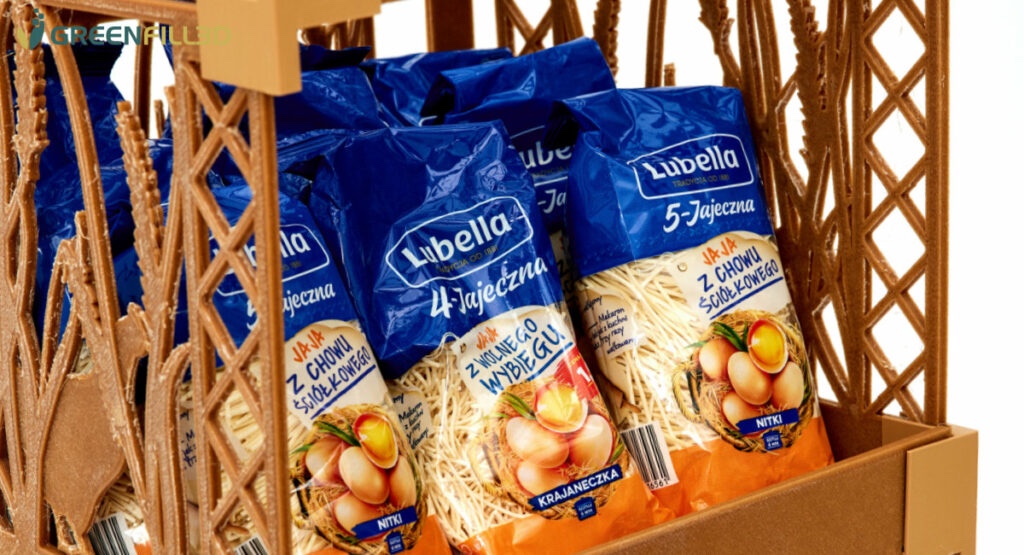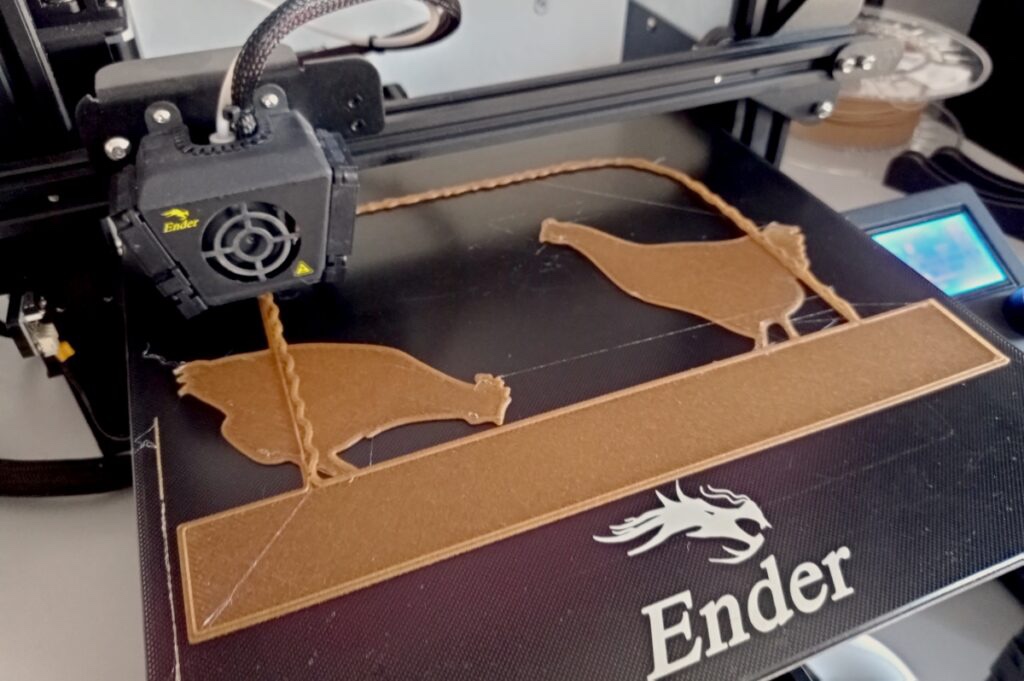One of the major questions still hanging over the head of the additive manufacturing (AM) sector is, “How sustainable can the tech ultimately be?” In theory, of course, there’s great long-term potential for AM to surpass conventional production methods in its sustainability: at this point, in large part due to the enhanced ability to decrease waste by more precisely planning output, and the heightened feasibility of creating recycling-friendly circular economies with AM. In practice, the sector is still far too new, and the variables involved too complex, for any definitive statement to be made about its sustainability relative to traditional manufacturing.

Nevertheless, there’s a factor that could truly start to move things in the right direction in terms of sustainability: increased exploration and adoption of renewable materials for AM. Renewable filaments have existed for years, usually in the form of polylactic acid (PLA) — a plastic substitute made from plant, usually corn, starch — mixed with some other biodegradable material. For instance, a new project announced by Polish startup GREENFILL3D, done in collaboration with one of Europe’s largest food producers, MASPEX Group, utilizes a filament made from PLA, wheat bran, and other biodegradable ingredients to produce displays for boxed pasta.

Now, it’s certainly debatable how “environmentally-friendly” PLA is, overall. The fact that it’s made from crops requiring large quantities of fossil fuel inputs in the production process calls into question how much of an improvement it would be over current packaging techniques, if adopted at scale. On the other hand, there is something innovative about what GREENFILL3D has done with this recent project: the display stands it’s making are partially derived from waste material yielded in the production process of the same pasta showcased by the stands.

The way it works is this: MASPEX supplies GREENFILL3D with waste wheat bran material; the raw wheat bran is sieved and dried; the result is combined with other materials, including PLA, and then processed into a thin filament wire. Finally, GREENFILL3D uses one of its 40 Ender 3D printers to turn the renewable filament, composed of 20% wheat bran, into a variety of items — including the display stands for wheat bran pasta. Referring to its proprietary material by the brand name Branfill3d, GREENFILL3D is exploring use of the filament not only on decorative marketing items like the boxed pasta display project, but also envisions that the material has industrial applications, as well, and is currently testing it for a customer in the automotive industry.
Clearly, this is in large part a marketing gimmick. However, as far as marketing gimmicks go, this one has some real promise. First off, the flip side of the criticism, “Yeah, but it’s still got PLA in it”, is, “Hey, at least 20% of it is wheat bran byproduct!” Obviously, you’ve got to start somewhere, and 20% is not insignificant. Start at 20%, show results, and, the more the scale of production increases from further adoption and use, the higher you can raise that percentage, until eventually, half or more of the filament is produced from something other than PLA.
Moreover, a benefit to the particular marketing gimmick here is that, once the display stands are in stores — which GREENFILL3D says will be soon — people can actually see and feel the material and grasp the circular economics at work. There’s something to be said for raising firsthand awareness of the production process, and igniting perception in the buying public that renewable filaments are in use. Using the waste product from the item being sold to make the display stand for the product is a very clever way to get that point across.
Images courtesy of GREENFILL3D
Subscribe to Our Email Newsletter
Stay up-to-date on all the latest news from the 3D printing industry and receive information and offers from third party vendors.
You May Also Like
3D Printing Unpeeled: New Arkema Material for HP, Saddle and Macro MEMS
A new Arkema material for MJF is said to reduce costs per part by up to 25% and have an 85% reusability ratio. HP 3D HR PA 12 S has been...
3D Printing News Briefs, January 20, 2024: FDM, LPBF, Underwater 3D Printer, Racing, & More
We’re starting off with a process certification in today’s 3D Printing News Briefs, and then moving on to research about solute trapping, laser powder bed fusion, and then moving on...
3D Printing Webinar and Event Roundup: December 3, 2023
We’ve got plenty of events and webinars coming up for you this week! Quickparts is having a Manufacturing Roadshow, America Makes is holding a Member Town Hall, Stratafest makes two...
Formnext 2023 Day Three: Slam Dunk
I’m high—high on trade show. I’ve met numerous new faces and reconnected with old friends, creating an absolutely wonderful atmosphere. The excitement is palpable over several emerging developments. The high...































